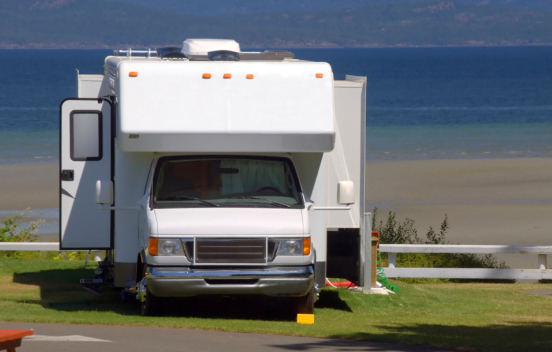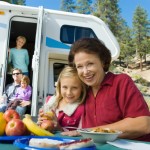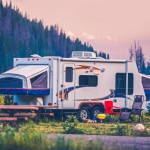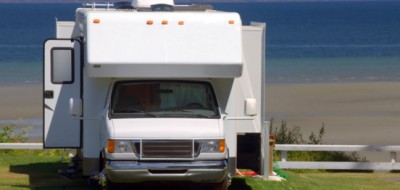There are many different RV slide out designs and mechanism configurations, making it somewhat impossible to summarize the do’s and don’ts of each. However, there are tips that can help eliminate RV slide out problems and headaches that may be encountered on all of these makes.
The first item you should do is to become totally familiar with the OEM (Original Equipment Manufacturer) maintenance and operational directions. Pay particular attention to the recommended sequence of levelling the coach and employing the slide outs. Generally, the OEM recommendations trumps the beer toting guy next door.
Before any slide deployment, be sure to hook up any utilities and get any needed items that may be stored or located in the basement beneath a slide out. Doing this later may invite a major head bang and give you a literal slide out headache.
Caution should be observed if the weather may be below freezing and precipitation is possible. A build up of ice on the slide topper or slide out may prevent retraction operation. Removing this ice may be difficult to do without thawing it out.
Okay, everything is ready for slide deployment; stop! Do you have any pets in your RV? Have you checked that nothing has fallen behind the slide flange travel area? Are all cupboard doors that the slide will pass closely by, firmly closed? Are all seats and furniture clear of the slide movement? What about outside? Is there sufficient clearance of unobstructed space for the slide to fully extend? Granted, these points seem obvious, but still cost many RV owners heartbreak and regret every year.
If you have children, and in some circumstances regardless, install temporary slide corner guards. These reduce an accidental head strike to a minor bump.
After a great stay it’s time to pack it up. Reversing the slide deployment procedure can be basically followed. However, if you have a hard surface floor that a deep slide comes in on, a floor protector is strongly advised. The rollers that ride up on the floor surface when the slide is in, creates wear markings as they move slightly with the vibration of the vehicle moving. Thin rubber non-skid table place settings can be used for this purpose. Some RV makers sell guards especially designed for this application.
Again, secure your pets and children to assure they are safe from being injured by a moving slide. Check that furniture is clear from obstructing any moving slide components as well as any loose items. Once in, confirm that each is locked as required by the specific brand. When all are retracted and locked, a visual exterior check should be conducted observing that the slide toppers have self stored correctly.
So, when operating your slide outs, take your time. Double checking some of these items can help you avoid accidents and keep your slide outs working efficiently for years to come.









Sanibel
We have found double sided Velcro to secure cabinet doors a big help to prevent opening during travel and catching on slide.
Dave Augustine
A checklist goes a long way in avoiding problems. Take time when getting ready to set up or store because the costs associated with repairs on RVs, TTs, and vehicles in general are expensive. A moment of thought goes a long way with your pocketbook.